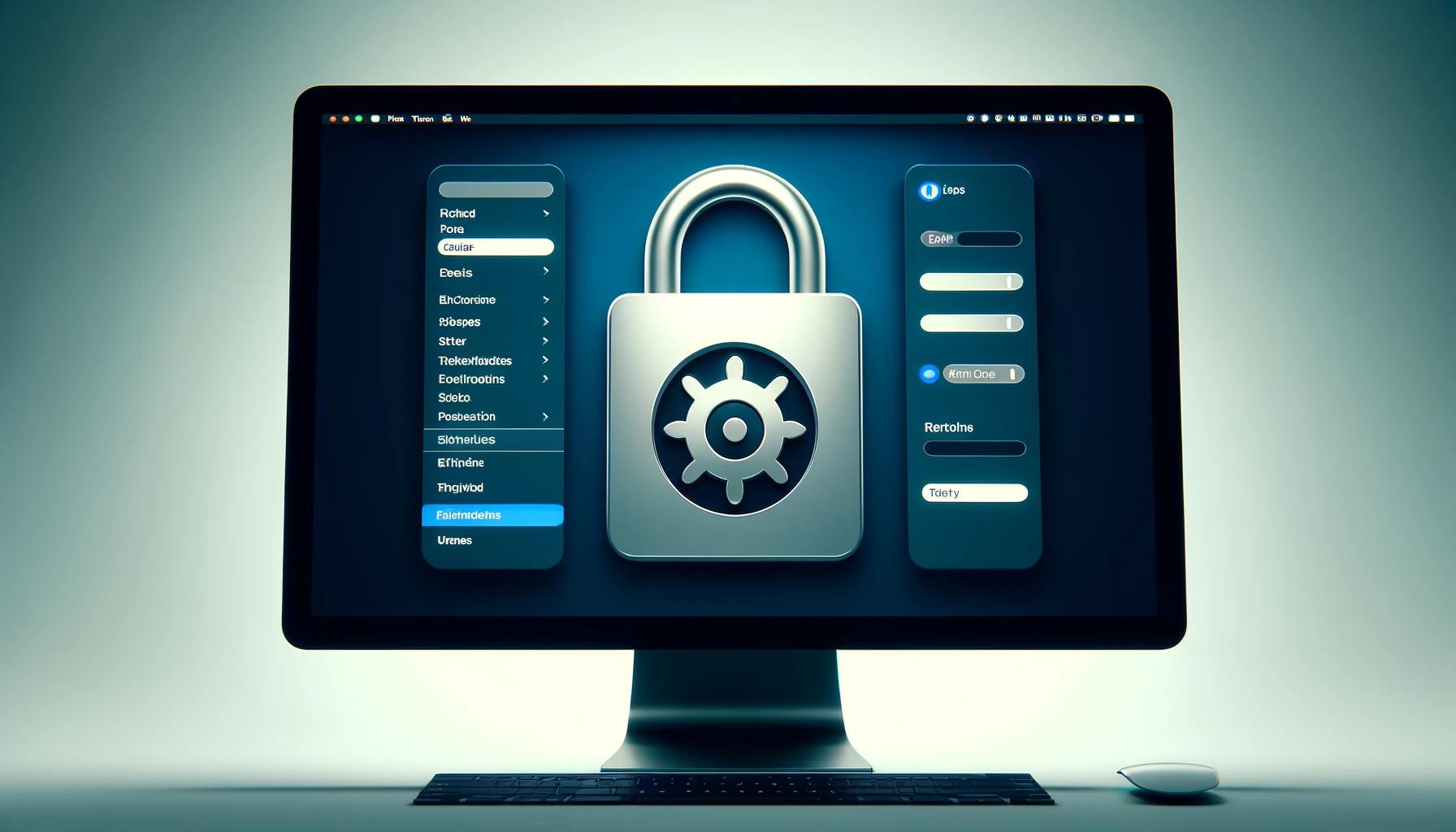
Newsletter Subscribe
Enter your email address below and subscribe to our newsletter

Picture this: You’ve got all your important stuff on your Mac—family photos, top-secret recipes, and maybe even your memoirs titled “The Great Cookie Heist of ’76.”
Now, imagine some nefarious character gets a hold of your MacA Mac, short for Macintosh, is a line of personal computers developed by Apple Inc. Renowned for the... More and starts snooping around. Not a pleasant thought, right?
Enter FileVault, your virtual knight in shining armor.
FileVault encrypts your hard driveA hard drive is a part of your computer that stores all your files and data, like documents, photos,... More, making it look like gibberish to anyone who tries to access your files without your passwordA password is a string of characters used to verify the identity of a user during the authentication... More. It’s like putting a combination lock on your digital diary.
Now, before we dive into the how-to, let’s talk about the tiny downsides. First, FileVault can slow down your Mac a bit, especially if it’s an older model that remembers when Disco was king.

Second, if you forget your password and your recovery key, your data is lost forever (like The formula for Greek fire, an ancient weapon that could burn on water—perhaps lost because someone forgot to write it down on something waterproof. But I digress).
Anyhoo, be sure to keep that recovery key safe!
Alright, grab your glasses and your favorite snack. Let’s make your Mac as secure as Fort Knox!
(Note: Tech companies love rearranging things. If the instructions below aren’t exact, the tech fairies have probably moved things around. Try searching for the setting on your device. If that doesn’t work, ask a trusted friend or family member for help, or do a quick web search for instructions using your device model and software version.)
Congratulations! You’ve just made your Mac much more secure. Now, if some sneaky character tries to get into your computer, they’ll be met with a wall of gibberish tougher to crack than a walnut in a concrete piñata.
Remember, keep your password and recovery key safe. Without them, getting into your encrypted files would be harder than finding your reading glasses in the dark.
And there you have it, folks. FileVault: because your digital life deserves the same protection as your prized cookie recipe. Happy encrypting!